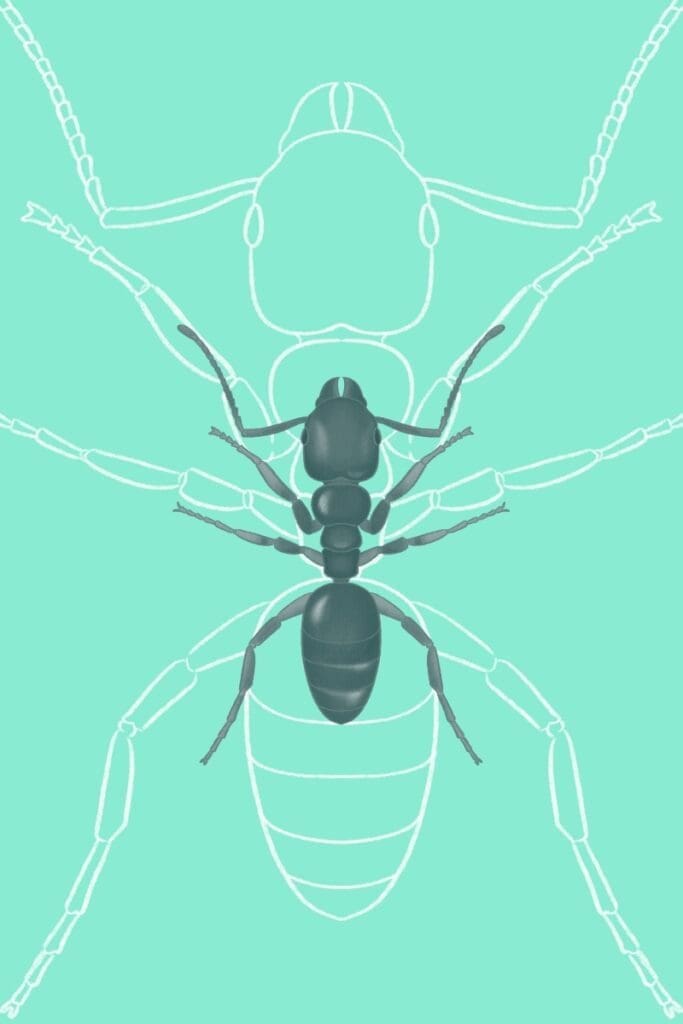
About Ants
Forming vast subterranean cities and thriving across diverse habitats, ants represent a truly remarkable group of insects. These social insects are easily identified by their characteristic geniculate (elbowed) antennae and distinct petiole (node) forming a slender waist.
- There are over 700 species of ants native to the United States, but only a dozen or so are encountered as household pests.
- Colonies comprise millions of individual ants living in numerous interconnected tunnels and chambers built underground or in above-ground mounds.
- A single queen ant can live for up to 30 years, laying millions of eggs throughout her lifespan.
- Eggs develop into adults over an 8–12 week period.
Ants in Your Home
As common household pests, ants are attracted to readily available food sources, particularly sugary or greasy crumbs. They quickly establish trails inside homes as they forage for sustenance.
While most ant species pose no direct threat to humans, their presence can be inconvenient and potentially contaminate food.
Managing an ant infestation often requires a multi-pronged approach. Identifying the species is important, as different types of ants respond to different control methods. Natural or commercial ant baits and traps can be used to combat existing infestations, while sealing potential entry points and eliminating food sources help prevent them from returning.
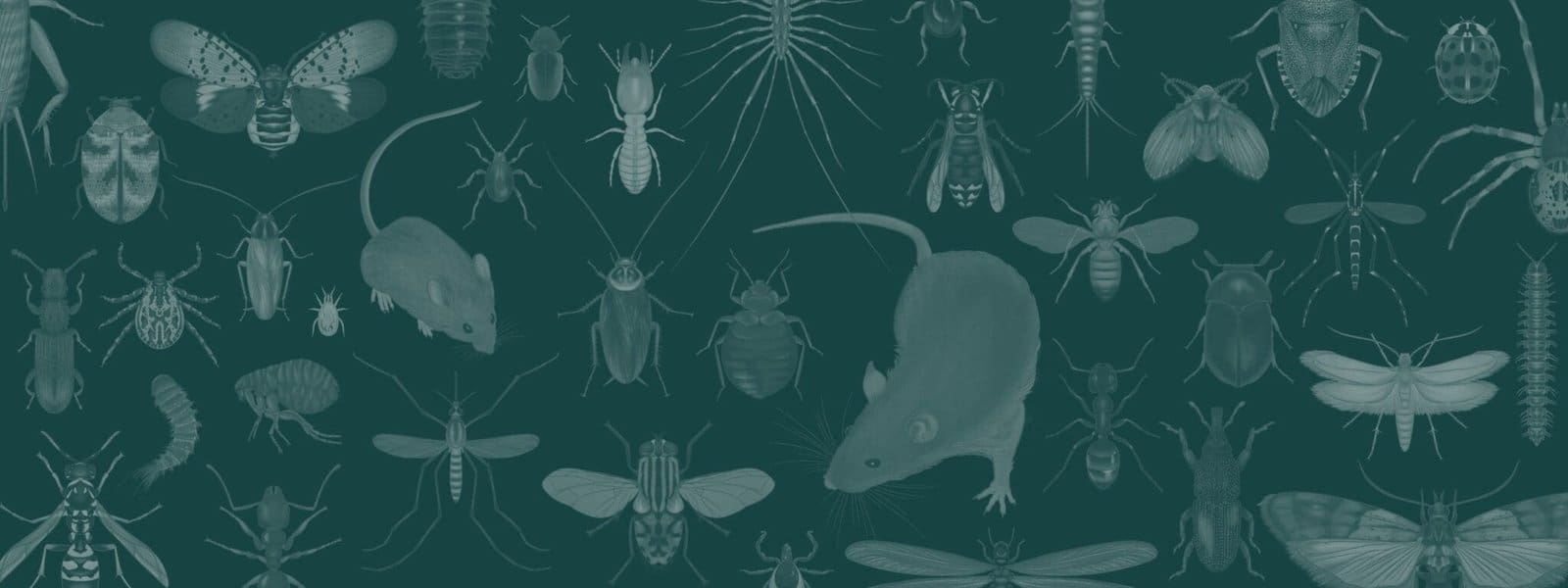
Pest Species in New York:
Odorous House Ant
Tapinoma sessile
Odorous house ants are named for the unpleasant odor (akin to rotten coconuts) released when they are disturbed or crushed.
Once they’ve entered a building, these ants tend to build their nests near sources of heat and moisture, such as heaters, water pipes, and wall voids.
Odorous house ants neither bite nor sting, but if left unchecked, an infestation can lead to food contamination and spoilage.
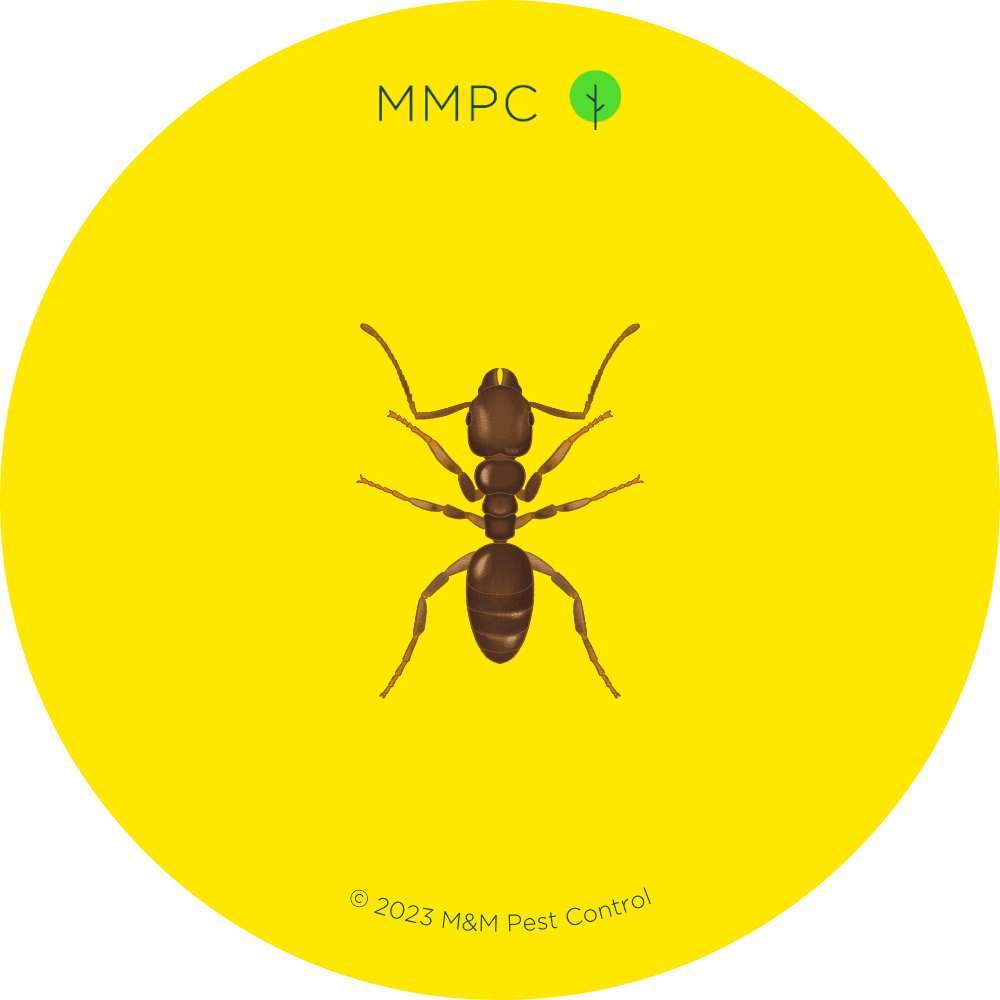
Size: 1/16″ – 1/8″ (1.5 – 3 mm); about the size of a sesame seed
Color: Brown or black
Shape: 3-segmented body with 6 legs, bent antennae, and a narrow waist
Identifying Features
- 6 legs
- Bent (geniculate) antennae without a clubbed tip
- Narrow waist (petiole) with 1 node hidden under the abdomen
- Unevenly-shaped thorax (when viewed from the side)
- Swarmers have 2 sets of transparent wings, with forewings that are longer than their hindwings
Pavement Ant
Tetramorium caespitum
Pavement ants establish colonies under cracks in sidewalks, patios, and building foundations. They often leave small, cone-shaped mounds of dirt near the entrances.
These pests enter homes through cracks in basement walls, floors, windows, and doors in search of food and warmth.
Pavement ants are not aggressive and do not bite, but they may sting in self defense. They become a nuisance when they get inside and contaminate food storage areas.
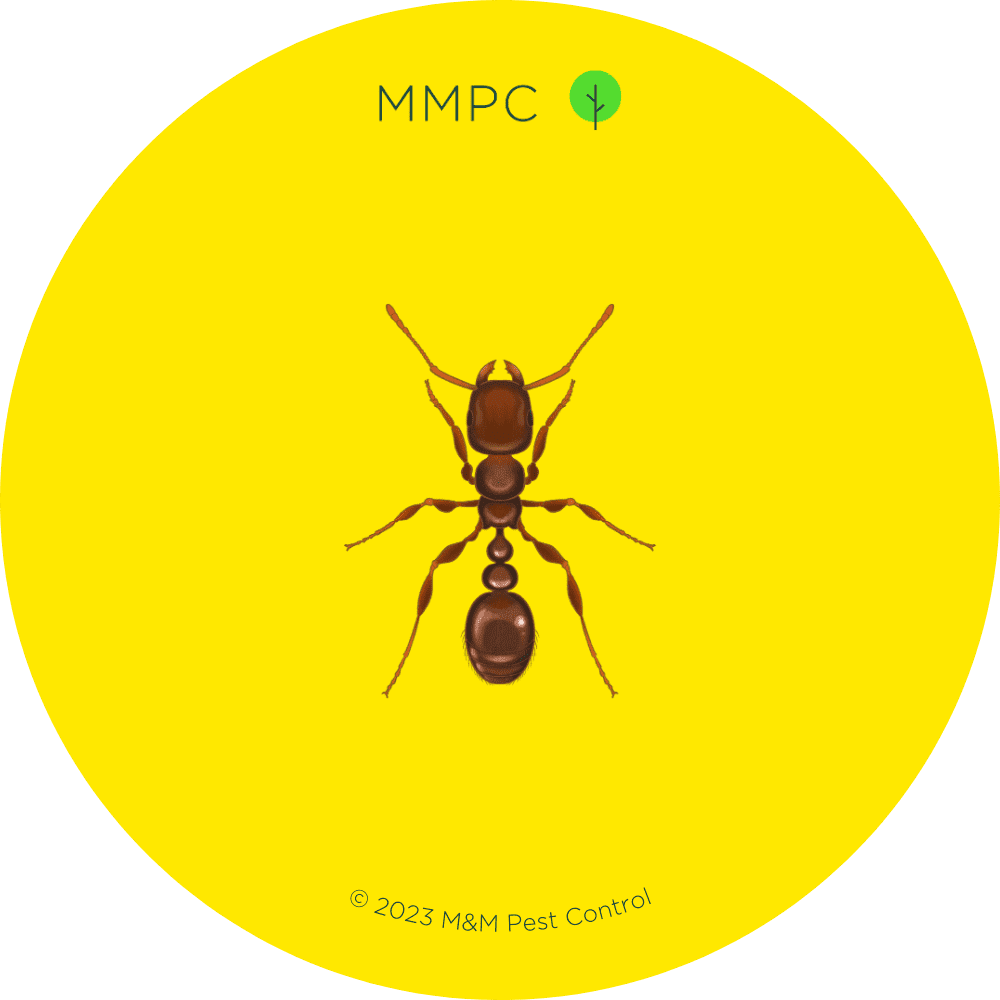
Size: 1/16″ – 1/8″ (1.5 – 3 mm); about the size of a sesame seed
Color: Dark brown or black
Shape: 3-segmented body with 6 legs, bent antennae, a narrow waist, and a small stinger
Identifying Features
- 6 legs
- Bent (geniculate) antennae tipped with a 3-segmented club
- Narrow waist (petiole) with 2 nodes
- Visible grooves on head and thorax
- Workers have a small stinger
- Swarmers have 2 sets of transparent wings, with forewings that are longer than their hindwings
Black Carpenter Ant
Camponotus pennsylvanicus
Black carpenter ants are the most common species of carpenter ants in New York.
These large ants build tunnels and nests in wood, causing significant structural damage to homes and buildings.
They prefer damp wood, so parts of the house vulnerable to moisture (such as windows, decks, etc.) are more likely to be infested. Their presence may also indicate a leak or other moisture issues.
Unlike termites, carpenter ants don’t actually eat wood. Instead, they can be seen going out (usually at night) to forage for sweets and proteins.
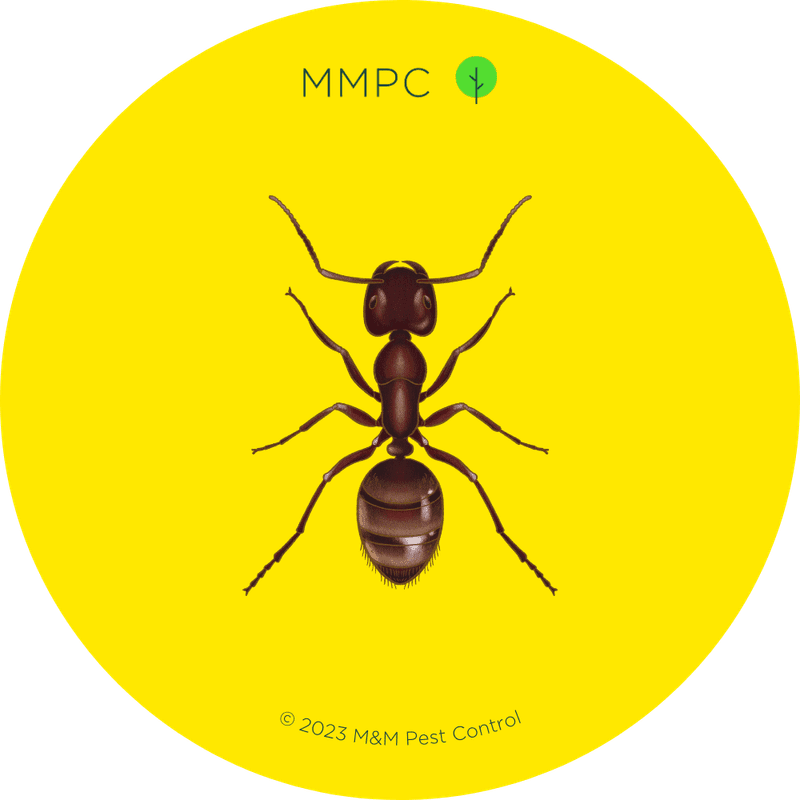
Size: 1/4″ – 1/2″ long (6 – 14 mm); about the size of a sunflower seed
Color: Dull black
Shape: 3-segmented body with 6 legs, bent antennae, and a narrow waist
Identifying Features
- 6 legs
- Bent (geniculate) antennae without a clubbed tip
- Large mandibles capable of chewing through wood (may bite when threatened)
- Narrow waist (petiole) with 1 node
- Smooth, evenly-rounded thorax
- Abdomen covered in sparse, light-covered hairs
- Swarmers have 2 sets of transparent wings, with forewings that are longer than their hindwings

Size: 1/4″ – 1/2″ long (6 – 14 mm); about the size of a sunflower seed
Color: Red and black
Shape: 3-segmented body with 6 legs, bent antennae, and a narrow waist
Identifying Features
- 6 legs with a rusty red hue
- Bent (geniculate) antennae without a clubbed tip
- Dark-colored body that’s rusty red in the middle and darker in the front and rear
- Large mandibles capable of chewing through wood (may bite when threatened)
- Narrow waist (petiole) with 1 node
- Smooth, evenly-rounded thorax
- Abdomen covered in sparse, light-covered hairs
- Swarmers are dark-colored and have 2 sets of transparent wings, with forewings that are longer than their hindwings
Chestnut Carpenter Ant
Camponotus castaneus
Compared to other species of carpenter ants, chestnut carpenter ants are not considered to be a serious pest of wood products.
These amber-colored ants prefer to nest in soil rather than wood. However, they can still occasionally be found invading homes and other structures.
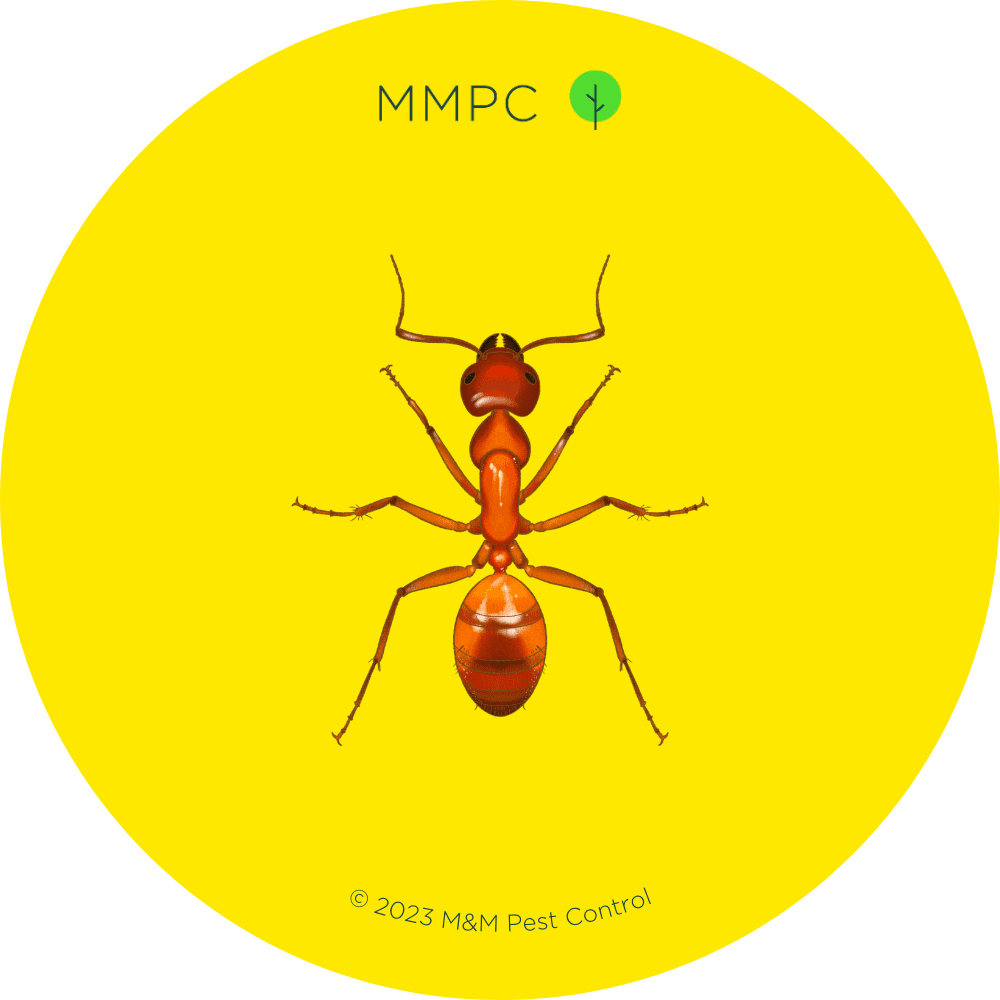
Size: 1/4″ – 3/8″ long (7 – 10 mm); about the size of a sunflower seed
Color: Reddish-brown or orange
Shape: 3-segmented body with 6 legs, bent antennae, and a narrow waist
Identifying Features
- 6 legs
- Bent (geniculate) antennae without a clubbed tip
- Smooth, reddish-orange body
- Large mandibles capable of chewing through wood (may bite when threatened)
- Narrow waist (petiole) with 1 node
- Smooth, evenly-rounded thorax
- Swarmers have 2 sets of transparent wings, with forewings that are longer than their hindwings


